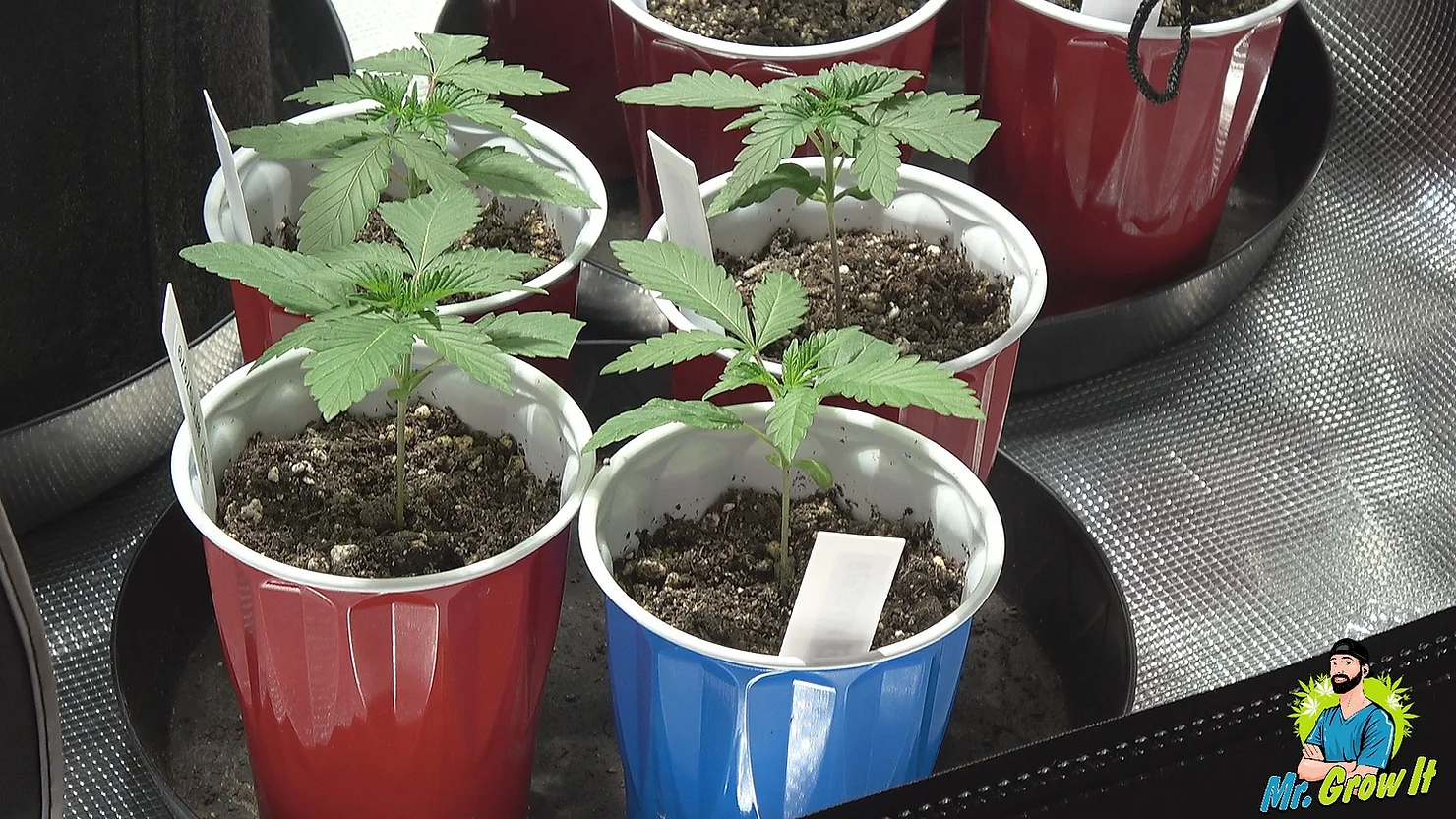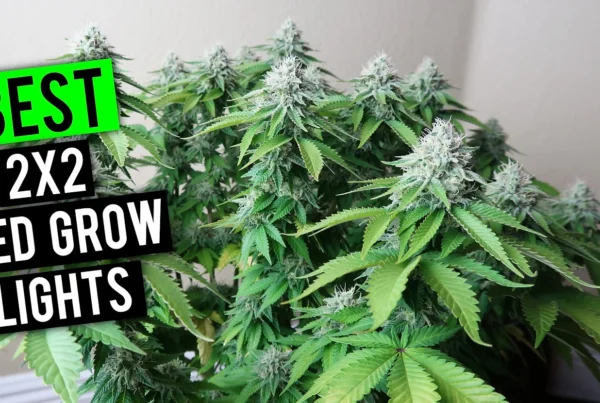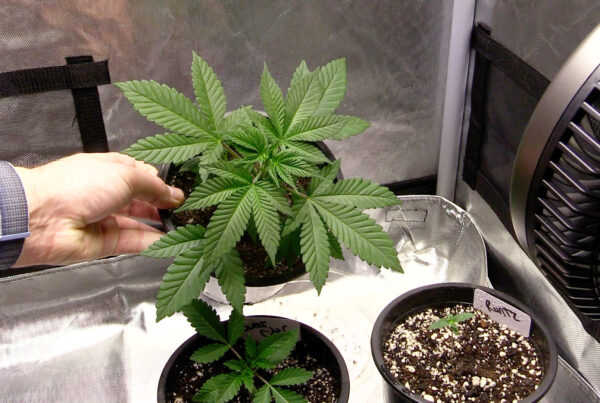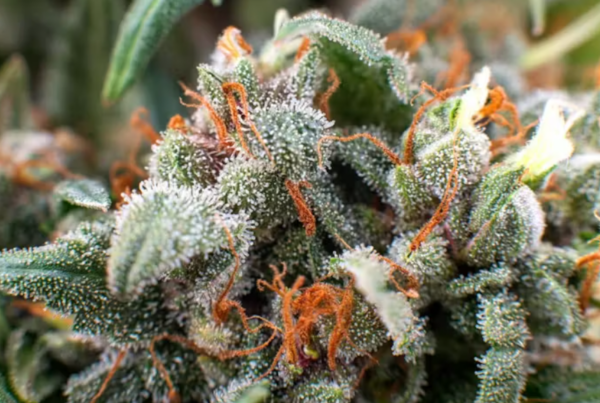To make indoor gardening easier, many growers will start growing their plants using a potting soil that has nutrients in it. Nutrients are required for plant growth and many growers refer to it as plant food. One of the most popular potting soils (with lots of plant food included) is FoxFarm Ocean Forest soil. When growing cannabis, FoxFarm Ocean Forest soil has enough nutrients in it so the plant will thrive for the first 20-40 days of its life.
Many new growers often make the mistake of assuming that FoxFarm Ocean Forest soil has enough nutrients in it to last the entire grow. They then see their plant showing deficiencies and start to panic. They’ve waited too long to give the plant more nutrients and growth is suffering. How can this be avoided? By simply measuring how many nutrients are available in the growing medium (soil or coco coir), and then feeding the plant more nutrients when needed.
How To Measure The Amount of Nutrients
To measure how much plant nutrients is in the growing medium, many growers use a TDS tester. A TDS tester (often referred to as a PPM meter) will tell you how many parts per million (PPM) is in the growing medium, reservoir, water, or nutrient solution that you mix up.
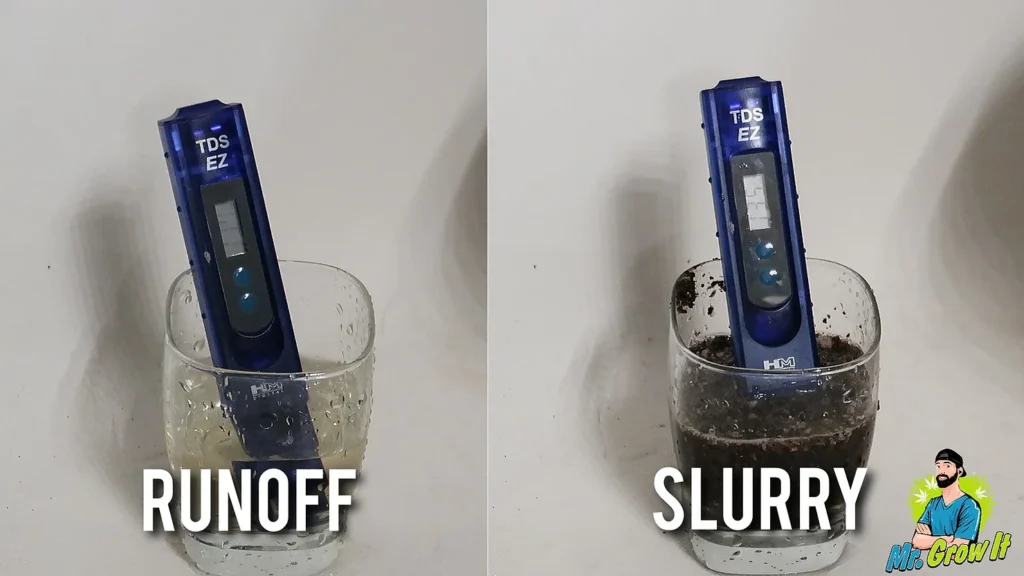
When a plant is small, it doesn’t need as much food as a large plant does. Therefore, when the plant is small, a low PPM should be given to the plant. As a plant gets larger and goes through the different stages of its life (early vegetative, late vegetative, early flower, late flower), a higher PPM is needed. To make things easy for you, I’ve created a cheat sheet that shows the ideal PPM ranges for cannabis plant growth. These are the same ranges that I’ve listed in my book – 7 Steps To Grow Cannabis. If you are a beginner grower on your first or second grow, I highly recommend my indoor beginner grow book. It has all of the information needed in order to get you through your first few indoor grows.

PPM Cheat Sheet
Many growers will start growing in FoxFarm Ocean Forest soil and take a runoff or slurry PPM test and see that their PPM is greater than 2000! This is much higher than the ideal PPM ranges for cannabis plant growth as shown above on the PPM Cheat Sheet. Why is FoxFarm Ocean Forest PPM so high and how do you lower it? Don’t panic, it’s organic! FoxFarm Ocean Forest soil has organic nutrients in it and the PPM ranges we just went over for ideal plant growth are specific to synthetic nutrients (most bottled nutrients). Organic nutrients need to be broken down by microorganisms living in the soil first before the plant can up take them. Synthetic nutrients are already in a plant-available form and can immediately be consumed by the plant. Unfortunately, most new growers don’t know this and frantically flush their plants after seeing such a high PPM. Little do they know that they are actually flushing food down the drain. Since that 2000 PPM is organic nutrients that aren’t yet in a plant-available form, it shouldn’t harm the plant. Not unless its been, “cooking”, for too long.
Cooking Soil & Hot Soil
You may have heard some growers call FoxFarm Ocean Forest soil, “hot soil”, or say it, “comes in hot”. To confuse things even more, it may be, “hot”, soil since it has been, “cooking”, for so long. What do those things mean, exactly? Let’s talk about cooking soil first. Back in the day, growers used to actually cook their soil in the oven. They did this to kill off any bad pathogens and pests that were in it. Unfortunately, this process not only kills off the bad, but it kills off the good as well. All of the beneficial microorganisms (bacteria, fungi, certain nematodes, protozoa, etc) are being killed also! Not good. We need beneficial microbes in the growing medium to deliver nutrients to the plant. But when growers talk about cooking soil these days, most are actually referring to the process of microbes breaking down nutrients. Adding organic nutrients to the soil and then allowing the soil to sit for a week or two, results in microorganisms breaking down those nutrients so they are in a form that the plant can uptake. That’s the other cooking process. So, when someone is talking about cooking soil, you may want to have them clarify if they are talking about the old oven-cooking method or if they are talking about the process of microbes breaking down nutrients. Now when a soil is, “hot”, that means that it may have been cooking for too long (microbe nutrient breakdown cooking) so the amount of nutrients in plant-available form is too much which could potentially lead to the plant up taking them and encountering toxicity issues.
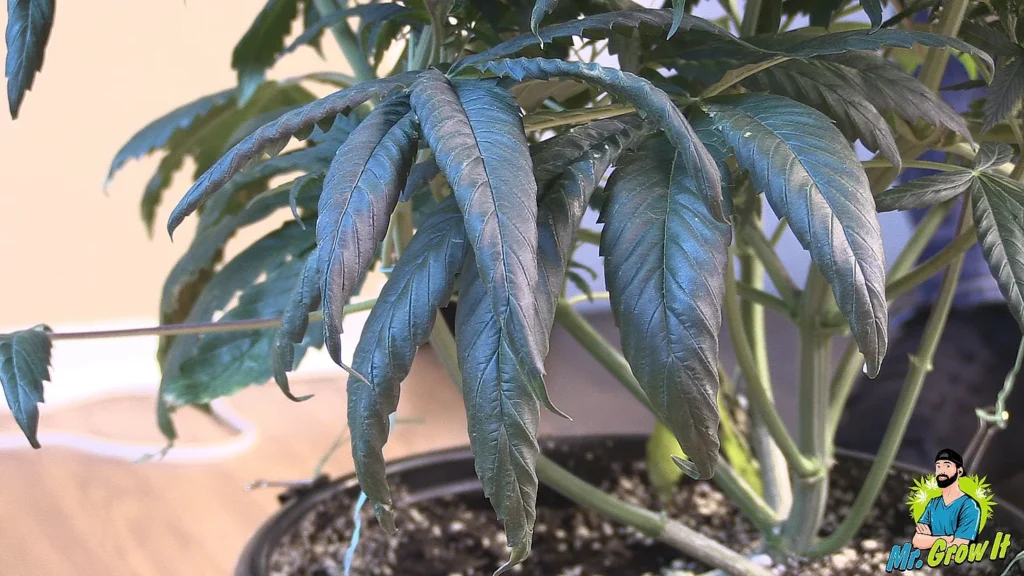
Cannabis plant with nitrogen toxicity
The image above shows a plant that was grown in FoxFarm Ocean Forest soil which may have been cooking for too long. As you can see, its leaves are excessively dark, shiny, and curling over. This is nitrogen toxicity. This could be due to the soil cooking for too long before being used, or the plant’s genetics could just be sensitive to nutrients in some way. In fact, I believe this particular plant did encounter the toxicity issue due to sensitive genetics. The reason why I think this is because I grew 8 other plants using the same bag of soil and none of those plants experienced nitrogen toxicity. I just figured it was worth mentioning that genetics is certainly a factor in all of this so you may not want to be quick to jump to the conclusion that issues are occurring due to hot soil that’s been cooking for too long. But this is what a plant can look like when placed in a soil that’s been cooking for too long. The plant could also encounter nutrient burn; which is shown in the image below.
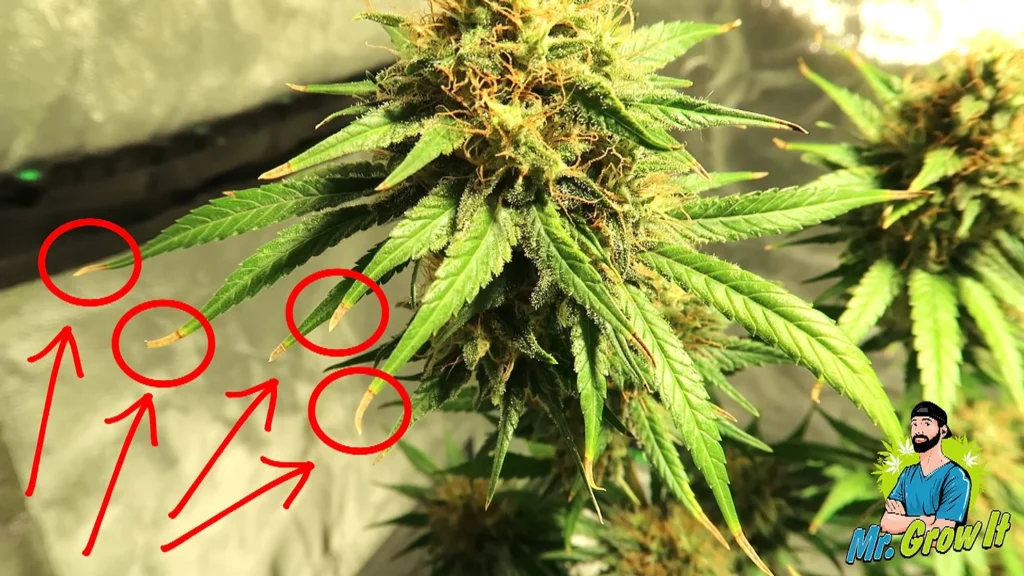
Cannabis plant with nutrient burn
One last thing worth mentioning is that when someone is talking about hot soil, there is a chance they are talking about the temperature of the soil. Under the right conditions, all of those little microbes working in the soil absolutely increases the temperature of the soil. Have you experienced issues when using soil that has been cooking for too long? Let us know by leaving a comment below.
![]()

